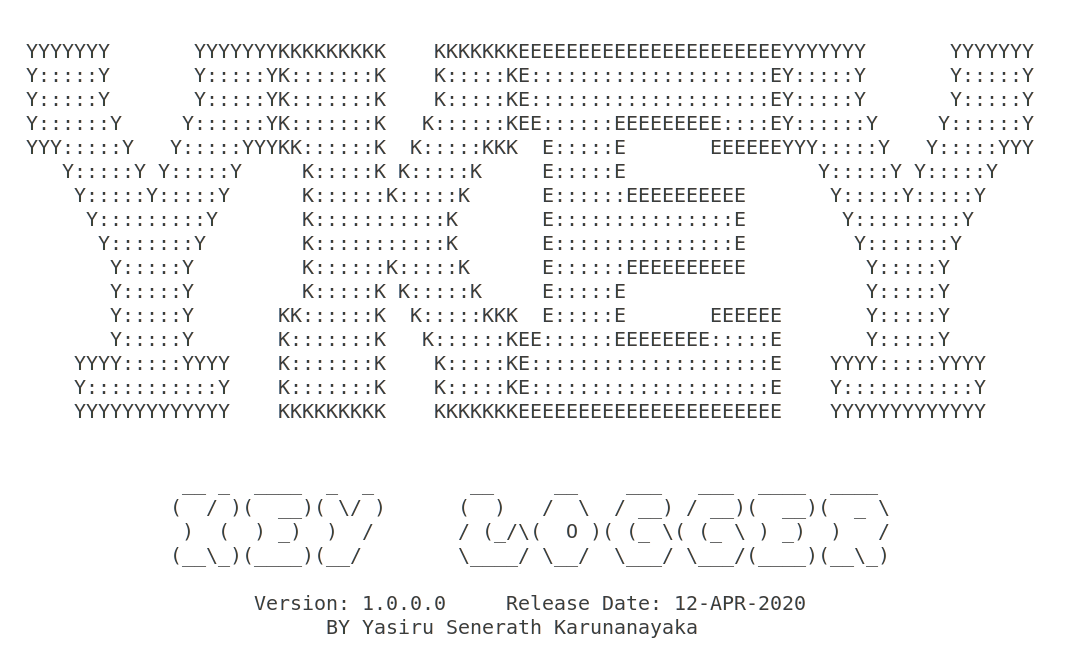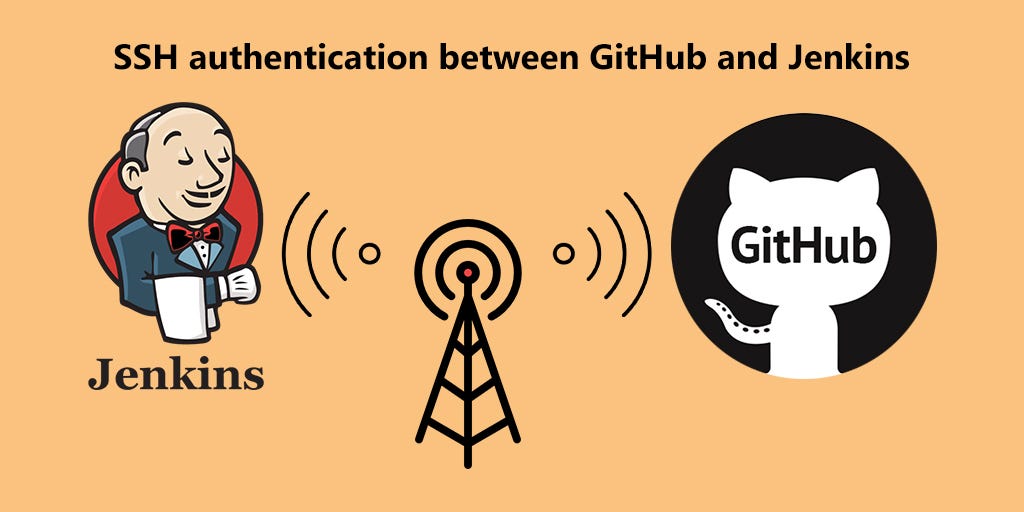Generate Read Only Github Key
Key vault is a secure place to store keys. Enterprise users need to store credentials for CI/CD environments in scope that they control. The key to get credentials in the key vault should be limited to resource scope. It has access to only the key vault scope, not the entire Azure scope. It's like a key that can only open a strong box not a master key that can open all doors in a building. It's a way to get a key with another key, which is useful in a CICD workflow.
Generate Credential
To generate a key to access the key vault, execute command below on your local machine:
- Jan 31, 2017 Back to Capsule Based System Firmware Update. How to Generate Signing Keys using OpenSSL Command Line Utilities. These instructions generate a new self-signed X.509 Certificate Chain for signing UEFI Capsules, using OpenSSL command line utilities as an example.
- To use your token to authenticate to an organization that uses SAML SSO, authorize the token for use with a SAML single-sign-on organization. Using a token on the command line. Once you have a token, you can enter it instead of your password when performing Git operations over HTTPS.
- Generating a private key. After you create a GitHub App, you'll need to generate one or more private keys. You'll use the private key to sign access token requests. You can create multiple private keys and rotate them to prevent downtime if a key is compromised or lost. To verify that a private key matches a public key, see Verifying private keys.
- Aug 07, 2019 Aug 7, 2019 4 min read. Generate SSH Key on Jenkins Server. Configure SSH Key for GitHub Project. Once logged in to GitHub, you need to go to the sample repository on which you.
- Add your SSH private key to the ssh-agent. If you created your key with a different name, or if you are adding an existing key that has a different name, replace idrsa in the command with the name of your private key file. $ ssh-add /.ssh/idrsa; Add the SSH key to your GitHub account.
- Sep 01, 2019 The script is only for most 5th-8th generation CPU yet. I will try to add support for more models if needed. The script can modify low frequency mode and energy performance preference, and use ResourceConverter.sh to generate customized CPUFriendDataProvider.kext. By using this script, no file under the System folder will be edited.
You’re looking for a pair of files named something like iddsa or idrsa and a matching file with a.pub extension. The.pub file is your public key, and the other file is the corresponding private key. If you don’t have these files (or you don’t even have a.ssh directory), you can create them by running a program called ssh-keygen, which is provided with the SSH package on Linux/macOS.
The scope specified by the --scopes parameter limits the key access to the resource. It can only access the strong box.
With results:
Then save the results to GitHub secrets as described in Set up your GitHub repository and authenticate with Azure.
Add Access Policies for the Credential
The credential you created above can get only general information about the Key Vault, not the contents it stores. To get secrets stored in the Key Vault, you need set access policies for the credential.
Go to the Key Vault dashboard in Azure portal, click the Access control menu, then open the Role assignments tab. Select Apps for Type and This resource for scope. You should see the credential you created in previous step:
Copy the credential name, for example, azure-cli-2020-01-19-04-39-02. Open the Access policies menu, click +Add Access Policy link. Select Secret Management for Template, then select Principal. Paste the credential name in Principal/Select input box:
Click the Add button in the Add access policy dialog, then click Save.
Generate full-scope Azure Credential
This is the master key to open all doors in the building. The procedure is similar to the previous step, but here we change the scope to generate the master key:
Again, results:
Copy the entire JSON string. Bo back to Key Vault dashboard. Open the Secrets menu, then click the Generate/Import button. Input the secret name, such as AZURE-CRENDENTIALS-FOR-SPRING. Paste the JSON credential string to the Value input box. You may notice the value input box is a one-line text field, rather than a multi-line text area. You can paste the complete JSON string there.
Combine credentials in GitHub Actions

Set the credentials used when the CICD pipeline executes:
Next steps
English 中文
Instruction
I am really a newcomer for bash language, and welcome pros to help improve the script.
The script is only for most 5th-8th generation CPU yet. I will try to add support for more models if needed.
The script can modify low frequency mode and energy performance preference, and use ResourceConverter.sh to generate customized CPUFriendDataProvider.kext.
By using this script, no file under the System folder will be edited. If you are not happy with the modification, just remove CPUFriend*.kext from /CLOVER/kexts/Other/ and restart.
Before install
- Read CPUFriend WARNING
- Good network
- If you have
FakeCPUIDargument inconfig.plist, this script may cause issue - Make sure
IOPlatformPluginFamily.kextuntouched - Make sure Lilu is working
- Make sure you are using correct SMBIOS model
plugin-type=1
How to install
- Run this script in Terminal
- Copy
CPUFriend.kextandCPUFriendDataProvider.kextfrom desktop to/CLOVER/kexts/Other/and restart.
Recovery
If you are not happy with the modification, just remove CPUFriend.kext and CPUFriendDataProvider.kext from /CLOVER/kexts/Other/ and restart.
Github Generate Pat
If unfortunately, you can't boot into the system, and you are sure the issue is caused by CPUFriend*.kext, /total-war-rome-2-steam-serial-key-generator.html.
Generate New Ssh Key Github

- Press
Spacewhen you are in Clover page - Use keyboard to choose
Block Injected kexts-Other - Check
CPUFriend.kextandCPUFriendDataProvider.kext - Return to the main menu and boot into the system, then delete
CPUFriend*.kextfrom your CLOVER folder
Generate Ssh Key In Git
Credits
Thanks to Acidanthera and PMHeart for providing CPUFriend.
Generate Read Only Github Key Windows 10
Thanks to shuhung for providing configuration modification ideas.
Thanks to PMheart and xzhih for giving me advice.